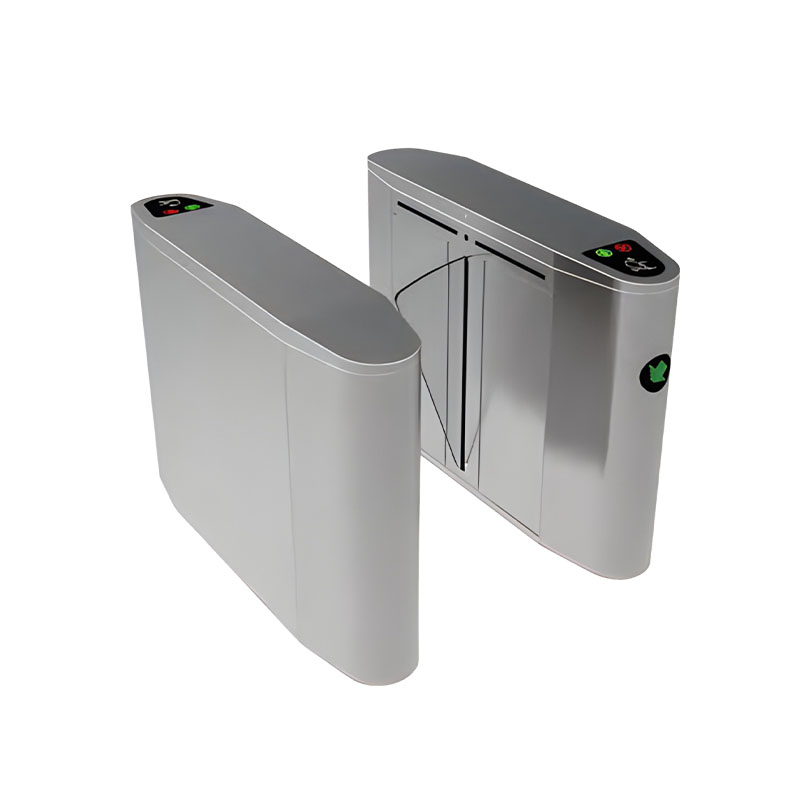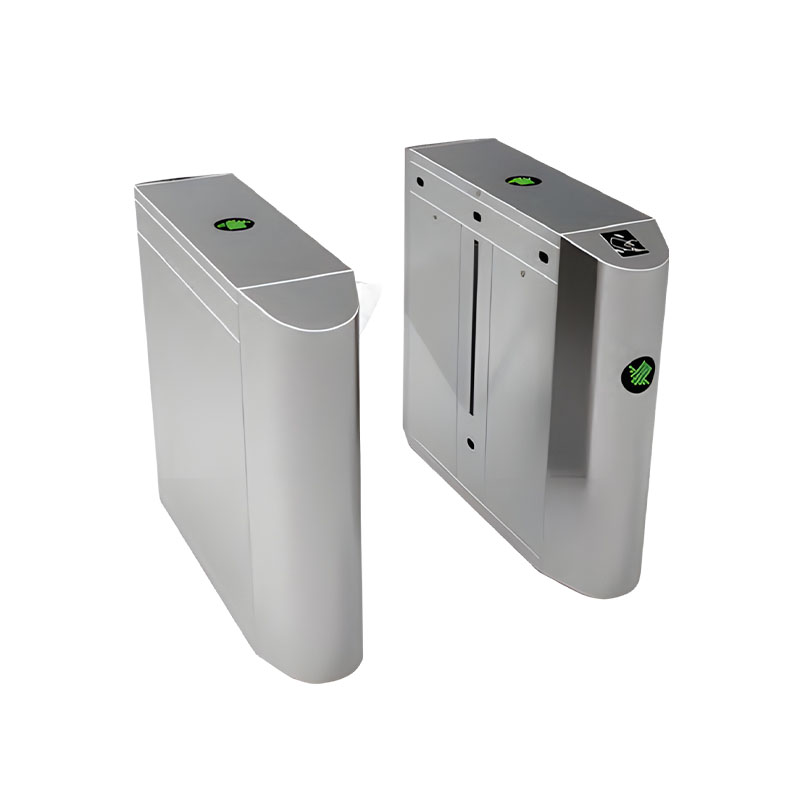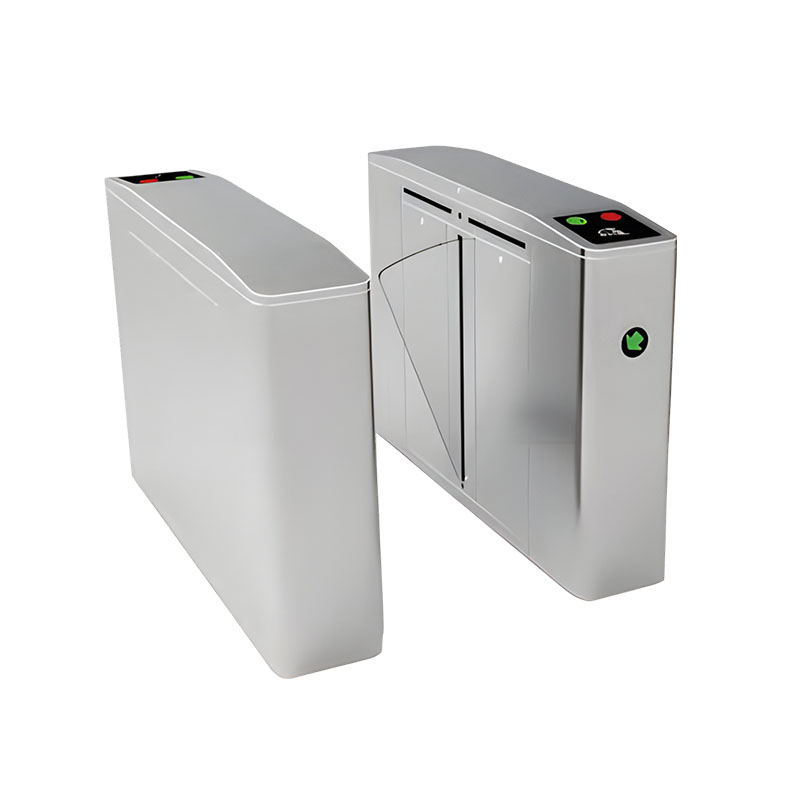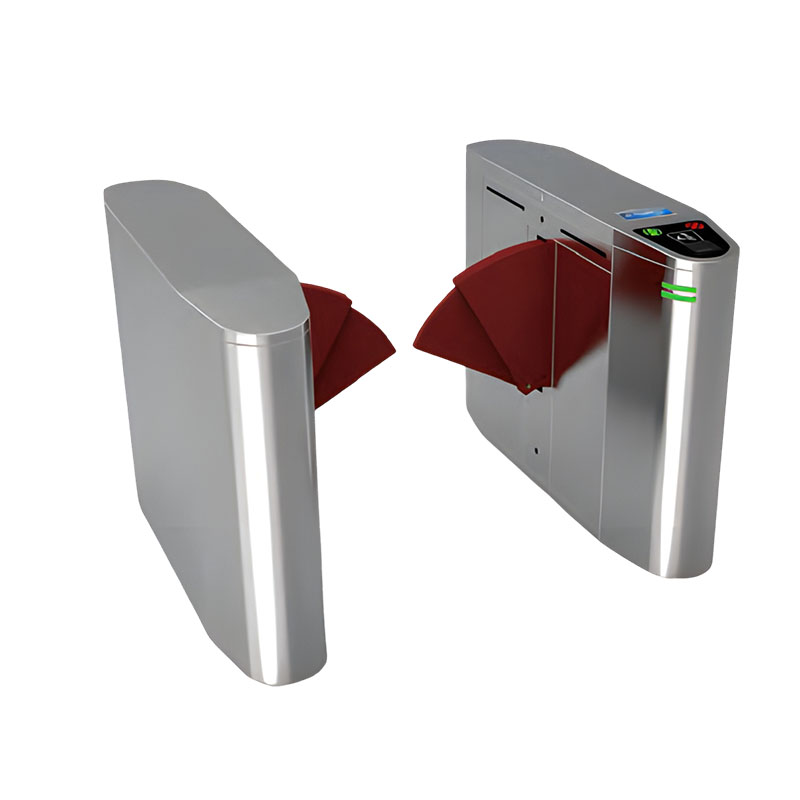In the event of a power outage or emergency, do pedestrian access gates have automatic opening or manual unlocking features?
Release Time : 2025-10-03
In modern building and public space security management systems, pedestrian access gates are widely used in office buildings, subway stations, airports, stadiums, smart parks, and shopping malls, serving as essential facilities for controlling pedestrian flow, access authorization, and data recording. However, as a physical barrier, while offering security and management benefits, they also raise a critical question: in the event of a power outage or fire, can the gates quickly open to ensure rapid evacuation and prevent potential safety hazards caused by locked gates? To address this, compliant pedestrian access gate systems prioritize "life safety first" in their design, typically incorporating automatic opening or manual unlocking features, strictly adhering to fire safety regulations and evacuation requirements to guarantee unobstructed passage during emergencies.
Most reputable manufacturers of pedestrian access gates fully consider emergency response mechanisms during the design phase. The core principle is the "power-off to open" safety logic: under normal power conditions, the gate locks the barrier (such as a swing arm, flap, or revolving gate) using electromagnetic force or a motor to control pedestrian flow. Upon power failure, whether from a mains outage or a system shutdown, the electromagnetic lock or drive system de-energizes, allowing the barrier to automatically open under gravity, spring force, or a mechanical release mechanism, creating an unobstructed path. For example, swing gates and flap gates typically use electromagnetic locking mechanisms; upon power loss, the electromagnetic force disappears, allowing the swing arm to freely swing or fully open within seconds. Revolving gates rely on mechanical braking release, allowing the gate to be manually rotated for quick passage. This passive emergency response mechanism does not rely on any control system or manual operation, ensuring functionality even in the most extreme situations.
Furthermore, to address more complex environments, many high-end access gates integrate multiple emergency mechanisms. For example, some devices are equipped with UPS (Uninterruptible Power Supply) to maintain system operation for several minutes after a power outage, allowing for completion of the last few access records or execution of orderly gate opening commands. At the same time, the turnstile control system is typically integrated with the building fire alarm system (FAS). Once a fire detector triggers an alarm, the system automatically sends an emergency opening signal to the turnstiles, unlocking all access points to facilitate rapid evacuation. This dual-layered protection mechanism, combining proactive and reactive measures, significantly enhances the reliability and timeliness of emergency response.
From a regulatory perspective, my country's "Fire Protection Design Standard for Buildings" (GB50016), the "Fire Prevention Law," and the "Regulations on the Management of Safety Exits and Evacuation Routes" all explicitly require that any access control device must not obstruct evacuation in emergencies. Access control systems or turnstiles installed at exits, evacuation routes, or fire escape routes must have a power-off automatic release function and display clear emergency operation instructions. As part of an access control system, pedestrian access gates must pass relevant fire safety certifications and security tests to ensure their emergency performance meets national standards. Many products undergo rigorous durability, environmental adaptability, and emergency response tests before leaving the factory to ensure reliable operation under harsh conditions such as high temperatures, smoke, and humidity.
In practical applications, the emergency function of turnstiles involves not only technical implementation but also sound management procedures. For example, property management or security personnel should regularly test the turnstiles under power-off conditions to ensure smooth operation and prevent malfunctions due to mechanical jamming or obstructions. Prominent emergency operation signs should be placed near the turnstiles, and manual unlocking tools or emergency buttons should be provided for staff to intervene quickly in emergencies. For full-height revolving turnstiles, special attention should be paid to their opening angle and passage width in emergency situations to ensure that wheelchairs, stretchers, and other rescue equipment can pass through smoothly.
In summary, modern pedestrian access gates are not merely "barrier devices," but intelligent systems integrating security control and emergency evacuation. Their automatic opening or manual unlocking function in power outages or emergencies is not only a technical standard but also a mandatory legal and safety requirement. Through scientific design, reliable integration, and rigorous operation and maintenance, turnstiles ensure precise access control in normal times and serve as guardians of "lifelines" during emergencies, truly balancing security and efficiency.
Most reputable manufacturers of pedestrian access gates fully consider emergency response mechanisms during the design phase. The core principle is the "power-off to open" safety logic: under normal power conditions, the gate locks the barrier (such as a swing arm, flap, or revolving gate) using electromagnetic force or a motor to control pedestrian flow. Upon power failure, whether from a mains outage or a system shutdown, the electromagnetic lock or drive system de-energizes, allowing the barrier to automatically open under gravity, spring force, or a mechanical release mechanism, creating an unobstructed path. For example, swing gates and flap gates typically use electromagnetic locking mechanisms; upon power loss, the electromagnetic force disappears, allowing the swing arm to freely swing or fully open within seconds. Revolving gates rely on mechanical braking release, allowing the gate to be manually rotated for quick passage. This passive emergency response mechanism does not rely on any control system or manual operation, ensuring functionality even in the most extreme situations.
Furthermore, to address more complex environments, many high-end access gates integrate multiple emergency mechanisms. For example, some devices are equipped with UPS (Uninterruptible Power Supply) to maintain system operation for several minutes after a power outage, allowing for completion of the last few access records or execution of orderly gate opening commands. At the same time, the turnstile control system is typically integrated with the building fire alarm system (FAS). Once a fire detector triggers an alarm, the system automatically sends an emergency opening signal to the turnstiles, unlocking all access points to facilitate rapid evacuation. This dual-layered protection mechanism, combining proactive and reactive measures, significantly enhances the reliability and timeliness of emergency response.
From a regulatory perspective, my country's "Fire Protection Design Standard for Buildings" (GB50016), the "Fire Prevention Law," and the "Regulations on the Management of Safety Exits and Evacuation Routes" all explicitly require that any access control device must not obstruct evacuation in emergencies. Access control systems or turnstiles installed at exits, evacuation routes, or fire escape routes must have a power-off automatic release function and display clear emergency operation instructions. As part of an access control system, pedestrian access gates must pass relevant fire safety certifications and security tests to ensure their emergency performance meets national standards. Many products undergo rigorous durability, environmental adaptability, and emergency response tests before leaving the factory to ensure reliable operation under harsh conditions such as high temperatures, smoke, and humidity.
In practical applications, the emergency function of turnstiles involves not only technical implementation but also sound management procedures. For example, property management or security personnel should regularly test the turnstiles under power-off conditions to ensure smooth operation and prevent malfunctions due to mechanical jamming or obstructions. Prominent emergency operation signs should be placed near the turnstiles, and manual unlocking tools or emergency buttons should be provided for staff to intervene quickly in emergencies. For full-height revolving turnstiles, special attention should be paid to their opening angle and passage width in emergency situations to ensure that wheelchairs, stretchers, and other rescue equipment can pass through smoothly.
In summary, modern pedestrian access gates are not merely "barrier devices," but intelligent systems integrating security control and emergency evacuation. Their automatic opening or manual unlocking function in power outages or emergencies is not only a technical standard but also a mandatory legal and safety requirement. Through scientific design, reliable integration, and rigorous operation and maintenance, turnstiles ensure precise access control in normal times and serve as guardians of "lifelines" during emergencies, truly balancing security and efficiency.







